An early form of fire extinguisher popular in the late 1800s was the fire grenade. The grenade resembled a regular glass bottle or a modern electric bulb, but larger, and filled with salt water. They were kept in wall-mounted metal brackets in Victorian homes, or any place handy, from where they could be quickly grabbed and thrown at the base of the fire. The glass bulb shattered on contact and the water contained inside helped to extinguish the flames. Salt water was chosen instead of plain water because salt water has a lower freezing point. This kept the water liquid even in severe winter. Some grenades were fitted with a spring-loaded trigger that dispersed the water like a sprinkler.
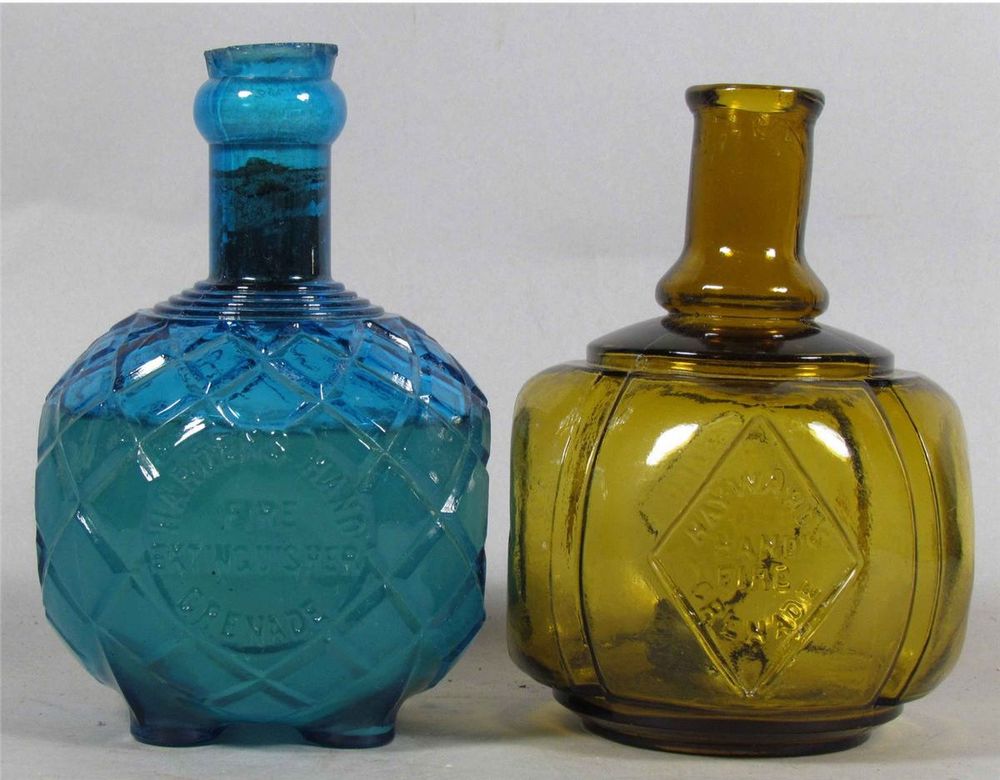
The fire grenade first appeared in the 1870s. The earliest types were hand-blown, etched with decorative patterns and often colored. Sometimes the glass containers were uncolored but the water they contained was colored blue or red with coloring agents. After the 19th century, the fancy blown glass began to disappear and a more industrial design prevailed, with smooth, frosted or clear glass.
Early fire grenades contained salt water mixed with ammonium chloride. Heated ammonium chloride produces fumes that should help to suppress the fire, at least in theory. Starting from around 1900, fire grenade manufacturers began using a different fire suppressant—carbon tetrachloride, or CTC, which is liquid at room temperature but when heated to about 76 degree centigrade becomes a gas. The gaseous carbon tetrachloride is heavier than air so it sinks and helps smother the flames.
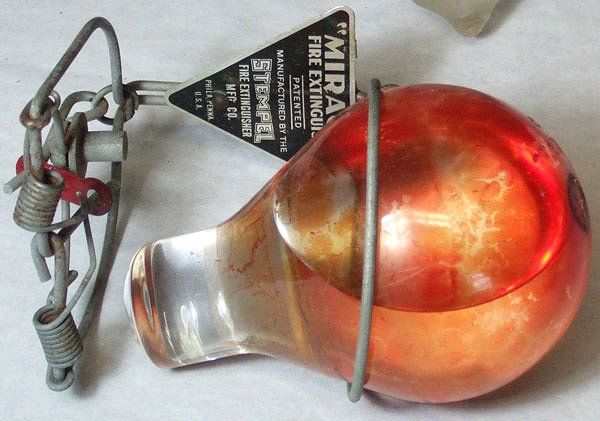
Unfortunately, carbon tetrachloride is extremely toxic to humans. Exposure to vapors of CTC can affect the central nervous system and degenerate the liver, and kidneys, and prolonged exposure may even lead to coma or death. Chronic exposure to carbon tetrachloride can cause liver and kidney damage and could result in cancer. If that isn’t bad enough, at high temperatures, CTC can produce phosgene gas, a chemical weapon used during World War I. More than 85,000 deaths have been attributed to the gas.
Carbon tetrachloride was also used in a lot of different industrial processes including as a dry cleaning solvent, as a solvent for oils, fats, lacquers, varnishes, rubber waxes, and resins, as a refrigerant, and in lava lamps. In 1911, the Pyrene Manufacturing Company of Delaware patented a small, portable extinguisher that used CTC. It was different from the fire grenade in that the extinguisher consisted of a brass bottle with an integrated handpump that was used to expel a jet of liquid toward the fire. As the container was unpressurized, it could easily be refilled after use. Carbon tetrachloride was suitable for liquid and electrical fires and the extinguishers were often carried on aircraft or motor vehicles. It wasn’t until 1970 when carbon tetrachloride was banned in consumer products.
Today, fire grenades are prized collector’s items but they must be handled with care because some of them are still filled with the toxic chemical.
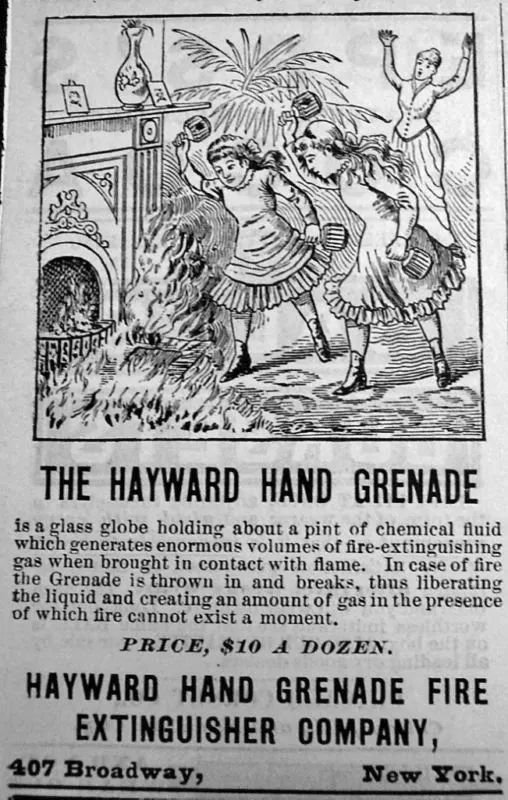
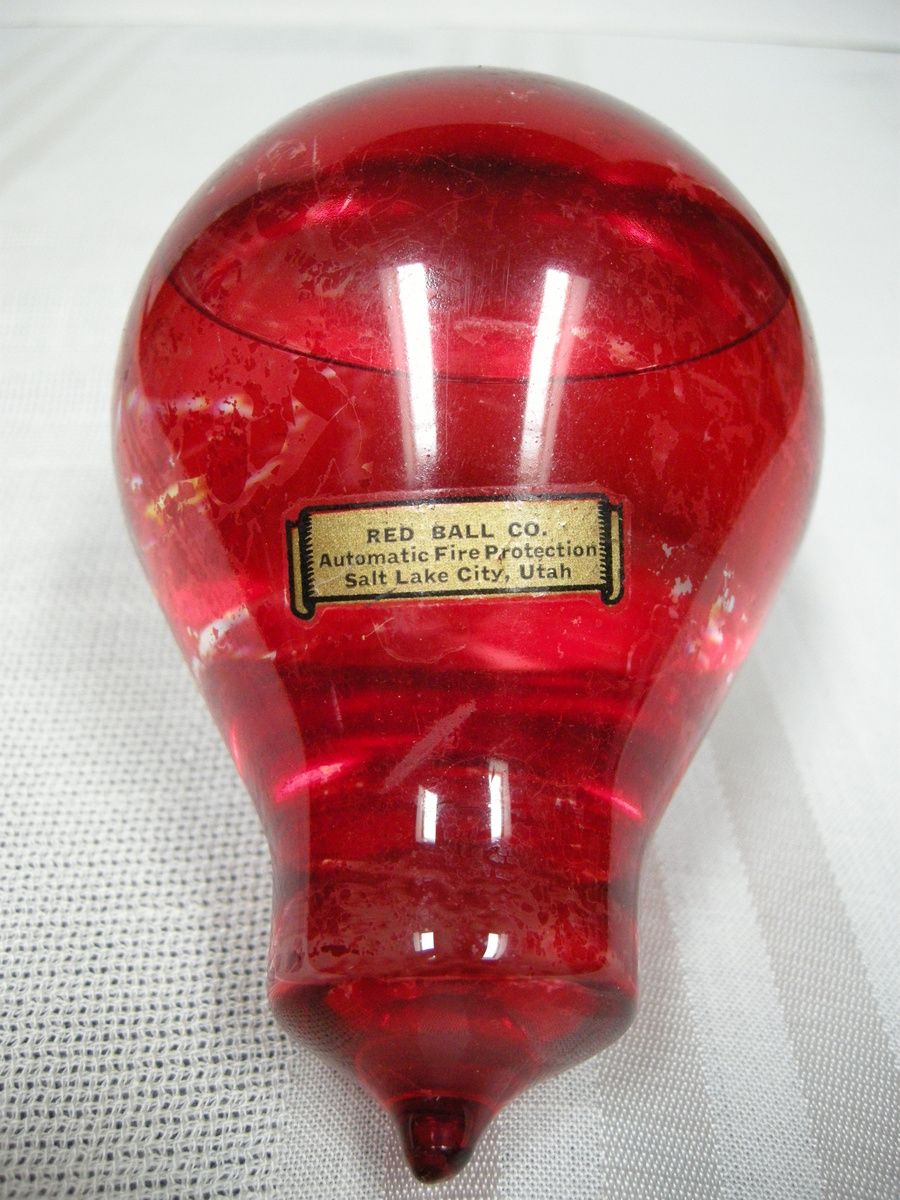
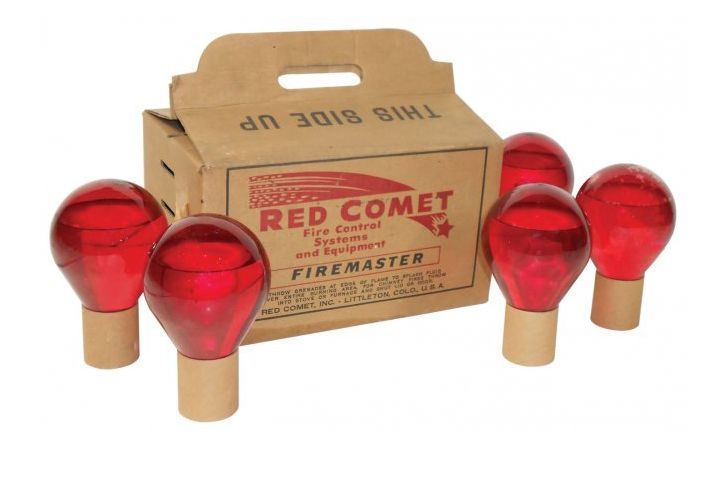



I've seen instructions for the housekeepers of time to be able to make their own from old bottles. Sounds like it was a good thing to know!
ReplyDelete